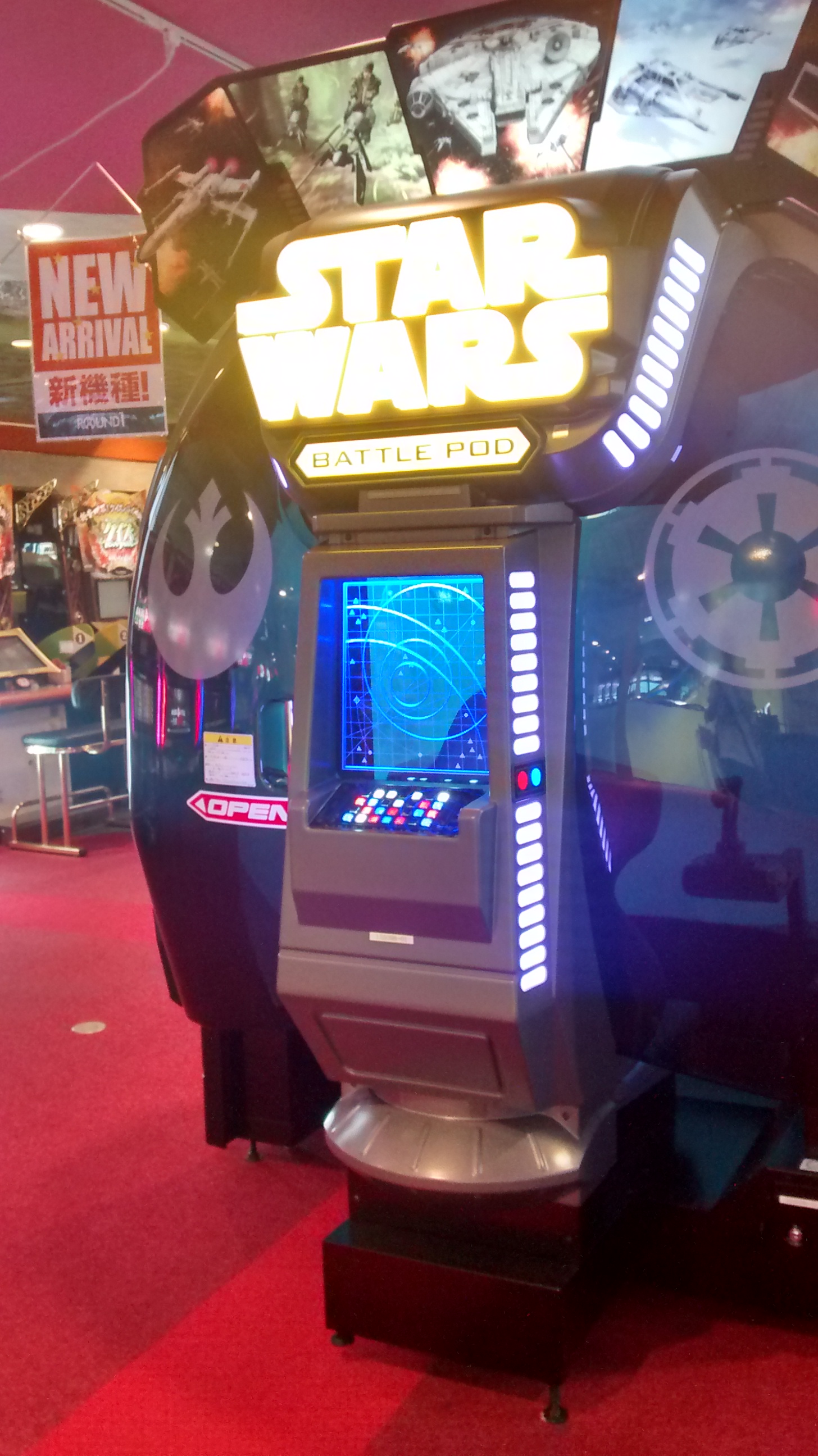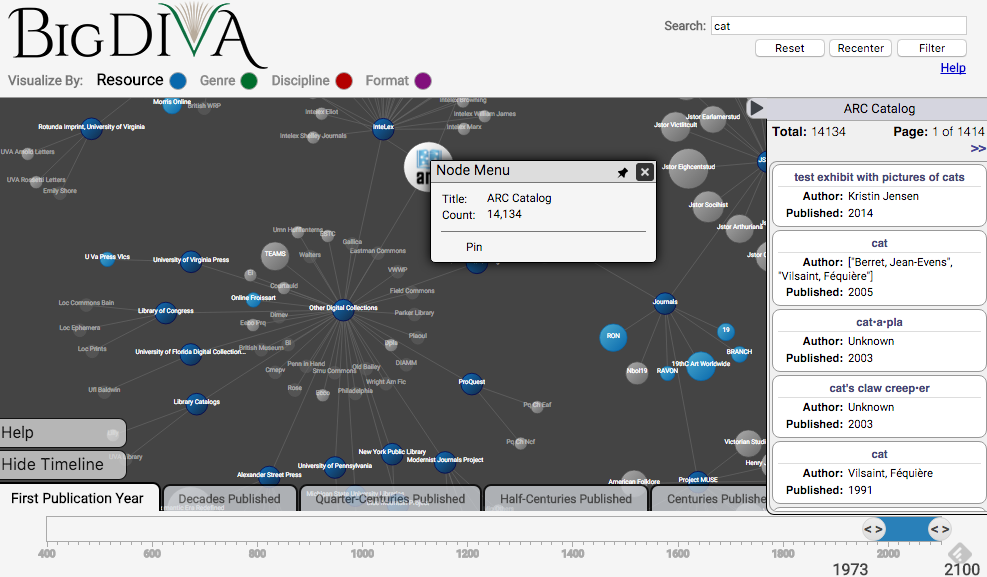Ceci est une réédition d’un billet de blog du même nom publié à l’origine sur la section blogue du journal Kinephanos le 28 juin 2013. Le contenu (toujours d’actualité en cette fin de 2015) est le même, outre certaines petites erreurs qui s’y étaient glissées à l’origine.
________
Le très recommandable documentaire 100 Yen : The Arcade Experience de Brad Crawford dresse un fidèle portrait des éléments marquants du monde de l’arcade au Japon. Il faut cependant souligner que la situation financière de cette industrie reste en général assez précaire ; le pouvoir d’attraction des nouveaux jeux n’est pas éternel, et les développeurs de jeux doivent constamment fournir de nouvelles raisons à leurs clients de choisir les arcades plutôt qu’un autre type de divertissement urbain. L’intégration des dernières tendances dans leur offre de divertissement afin d’être sur la même ligne que leurs clients potentiels est une question de vie ou de mort pour les fabricants de bornes et les exploitants. Tout au long des années 2000 ce sont les jeux de rythmes et surtout des jeux d’arcade fusionnant jeu numérique et jeux de cartes à collectionner qui étaient au cœur du pouvoir d’attraction des arcades japonaises. Cet été, toutefois, les arcades prennent le virage du jeu mobile.
[youtube https://www.youtube.com/watch?v=SQwZlwabLoo&w=560&h=315]
Code of Joker et Puyo Puyo Quest Arcade sont deux exemples de cette nouvelle tendance. En location test depuis le mois de mai, le premier s’inspire directement de l’interface tactile des téléphones intelligents, alors que le second, une adaptation de la version mobile de Puyo Puyo Quest, sera le premier jeu d’arcade dont la session de jeu de base sera gratuite pour tous. Au-delà de l’intégration totale de l’interface tactile dans la borne elle-même, l’adoption du modèle de jeu « sur le pouce » disponible sur téléphone intelligent semble passer par la réinvention de la dynamique traditionnelle de micro-paiement des arcades vers une multiplication des façons de « nourrir la machine ». Code of Joker intègre les deux méthodes : le joueur doit payer à la fois pour débuter chaque combat, mais également pour acheter des packs virtuels grâce auxquels il peut améliorer sa collection de cartes (payer pour jouer, payer pour gagner). Puyo Puyo embrasse ce modèle d’affaires en entier : le jeu sera absolument gratuit et le joueur devra dépenser un certain nombre de points genki pour lancer une quête, mais ces points se régénèreront à raison d’un point aux trois minutes. Le joueur aura aussi l’alternative de payer 100 yen pour régénérer tous ses points instantanément (y comprit ses points de vie) et participer à d’autres quêtes sans s’arrêter (payer pour gagner).
Étant donné que l’essentiel de mes réflexions sur le monde de l’arcade au Japon porte présentement sur les affordances sociales des machines et de leurs logiciels, j’aurais tendance à voir cette initiative comme un dispositif visant, à la base, à former le comportement d’une certaine clientèle. L’objectif ici est de favoriser la fréquentation régulière des salles d’arcade, pas nécessairement pour une longue durée ou une forte capitalisation. Puyo Puyo Quest Arcade serait donc différent de sa version iOS en ce sens qu’elle serait une sorte de loss leader, un « cheval de Troie » conçu pour attirer le consommateur. Le jeu n’a de sens que lorsqu’il est inscrit dans un contexte plus large, que Michel Nitsche (2008) appelle l’ « espace de jeu » ou play space de l’arcade.
[youtube https://www.youtube.com/watch?v=F6XSGmnPI4o&w=560&h=315]







